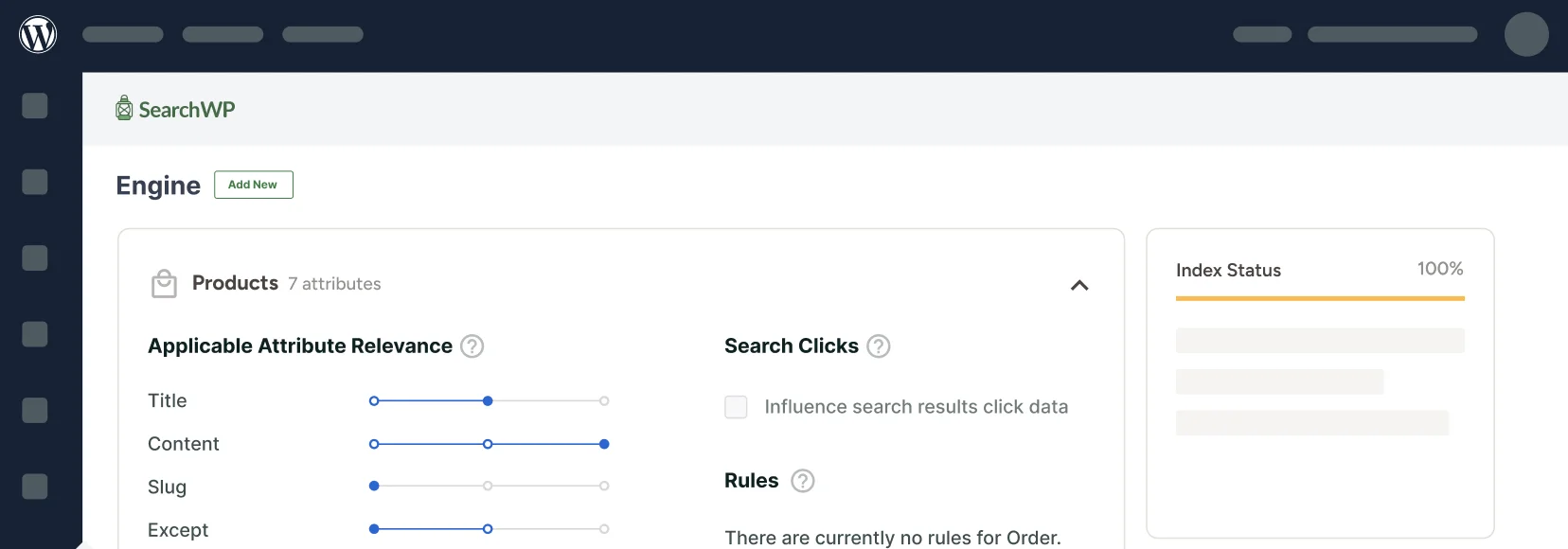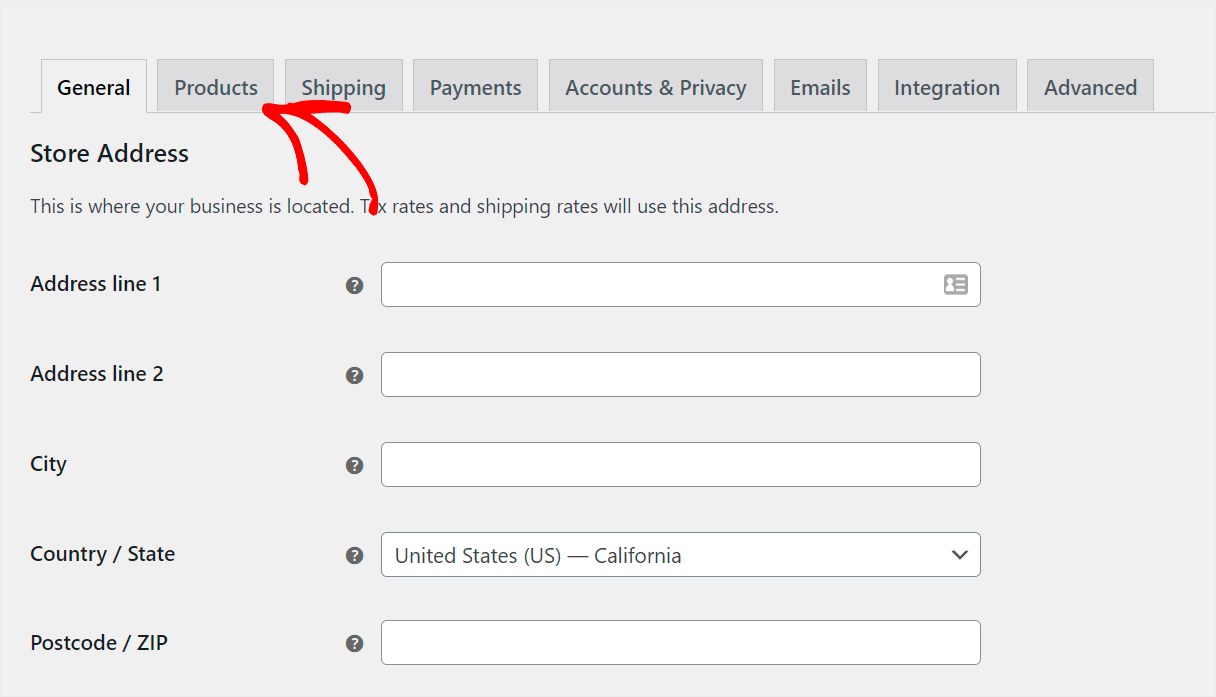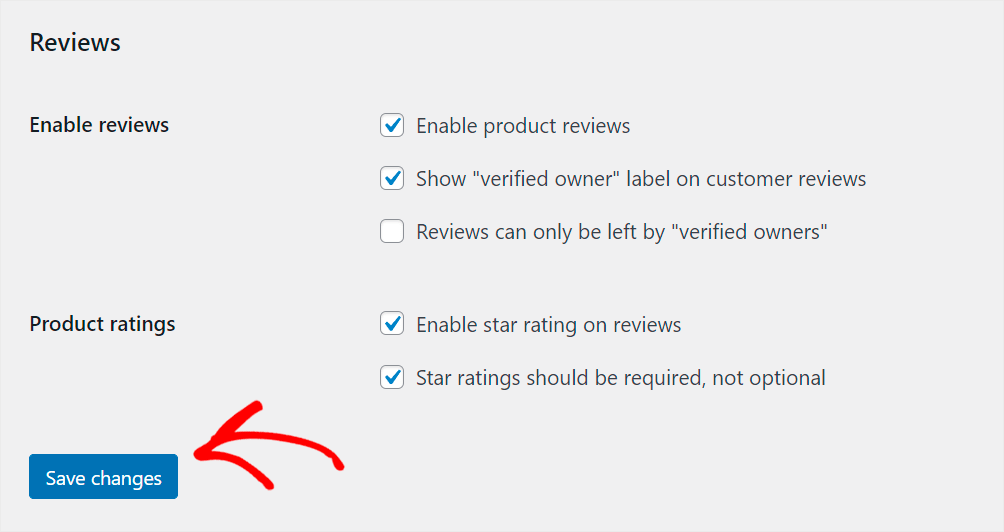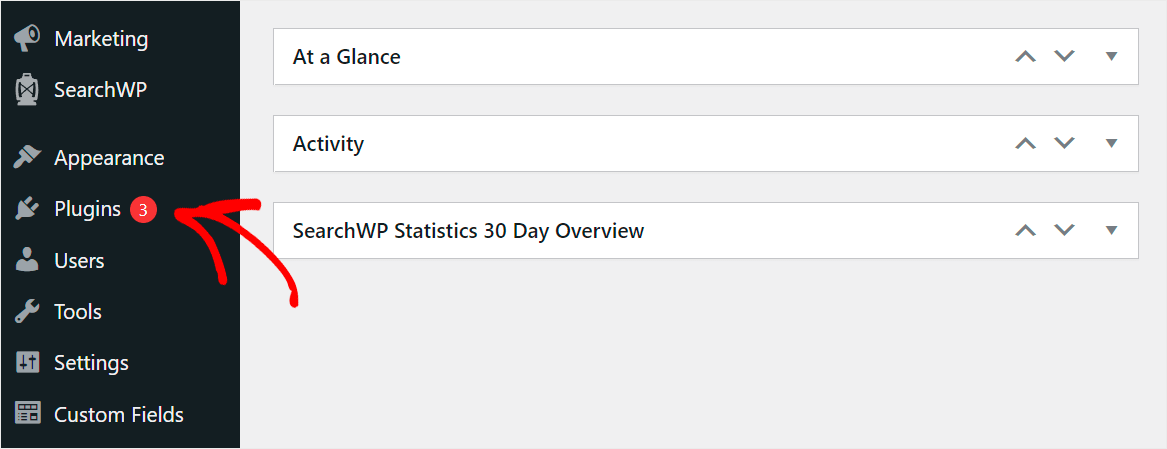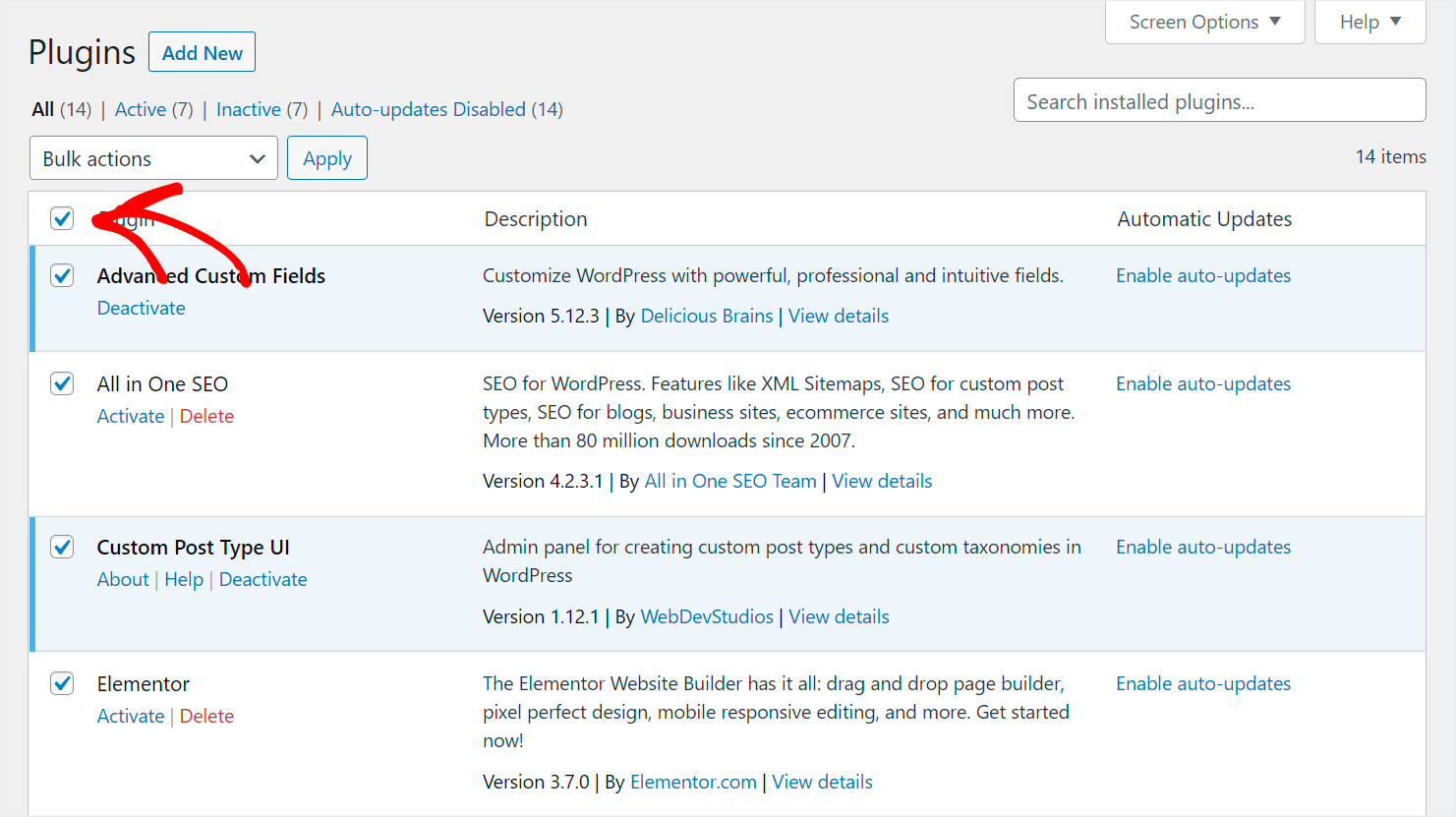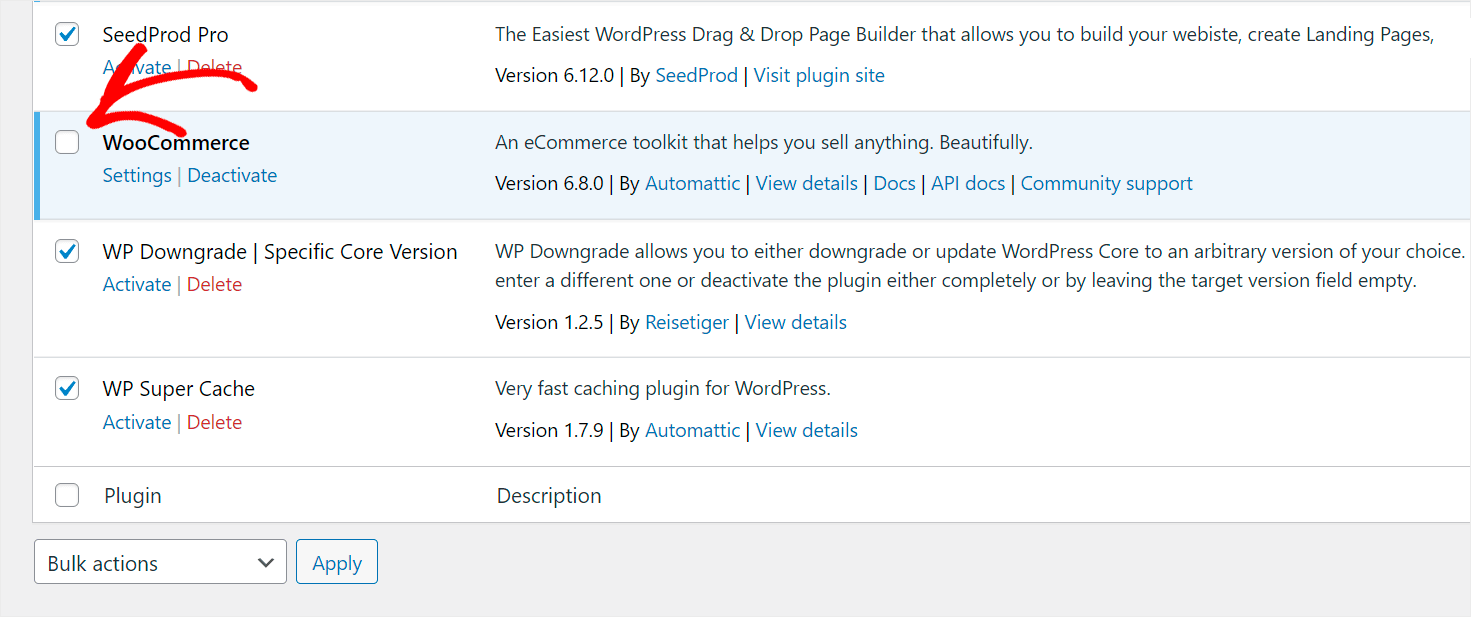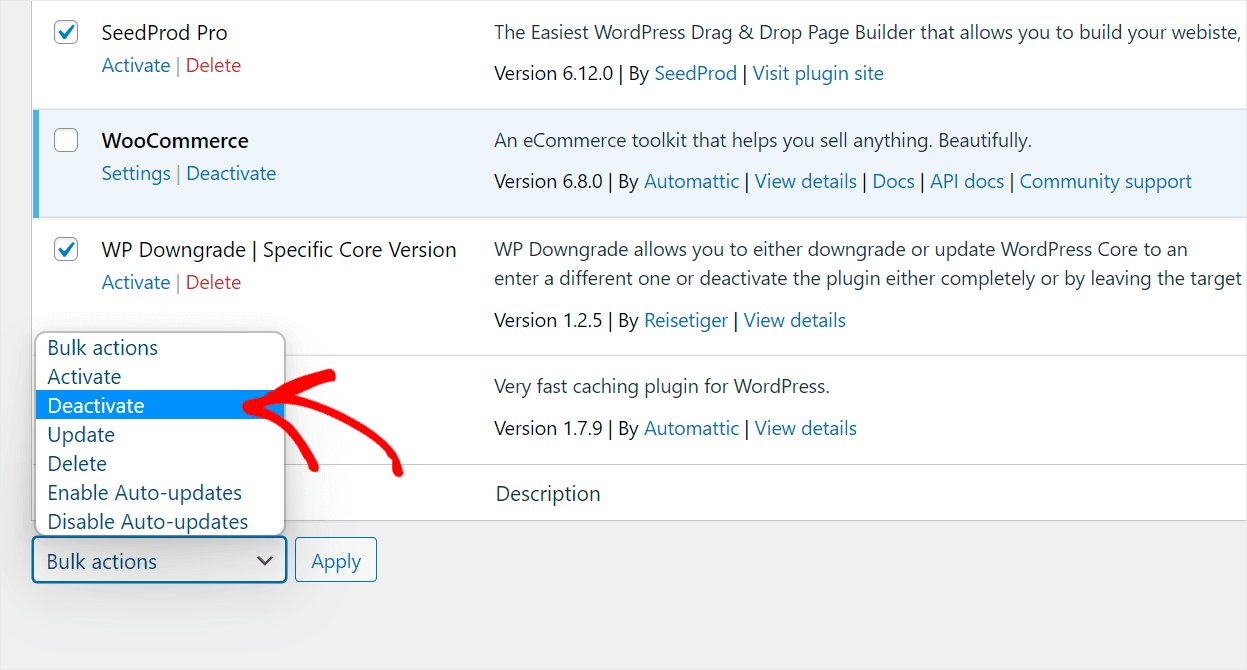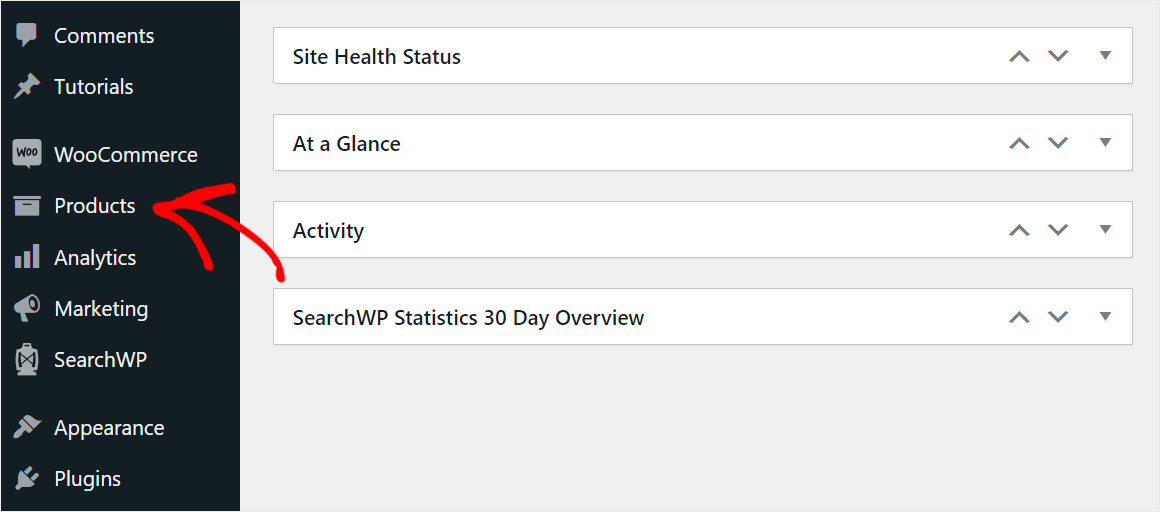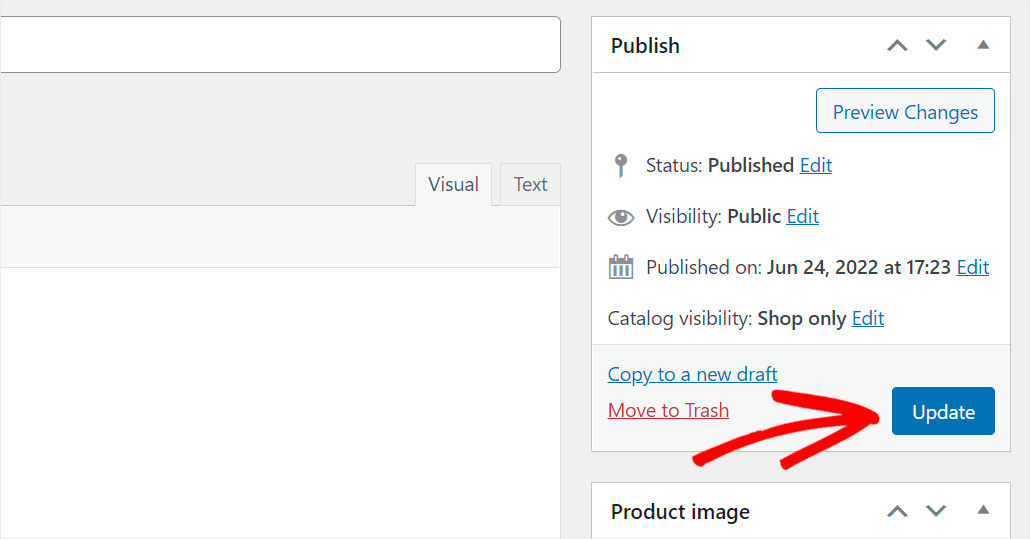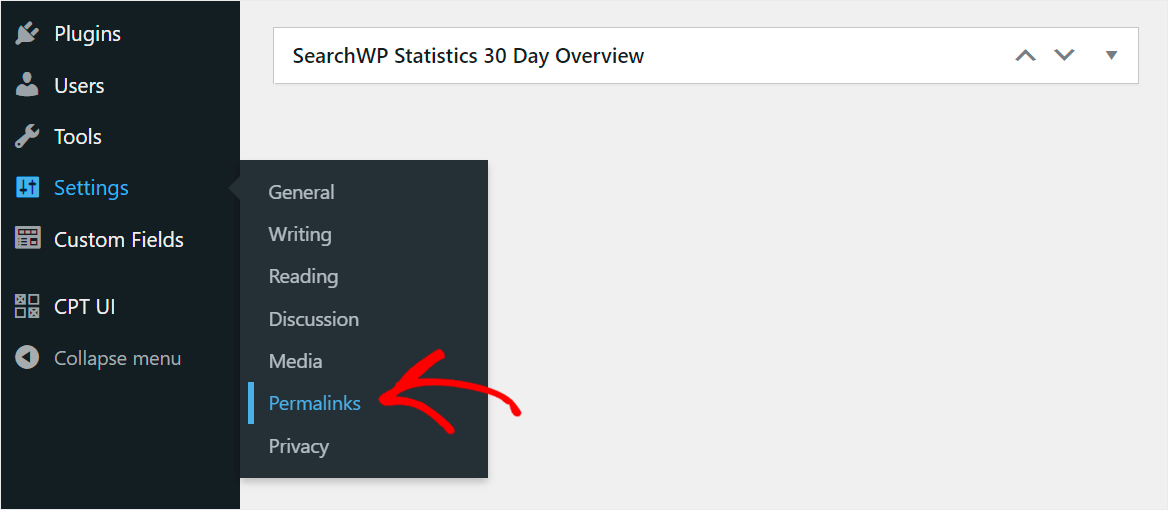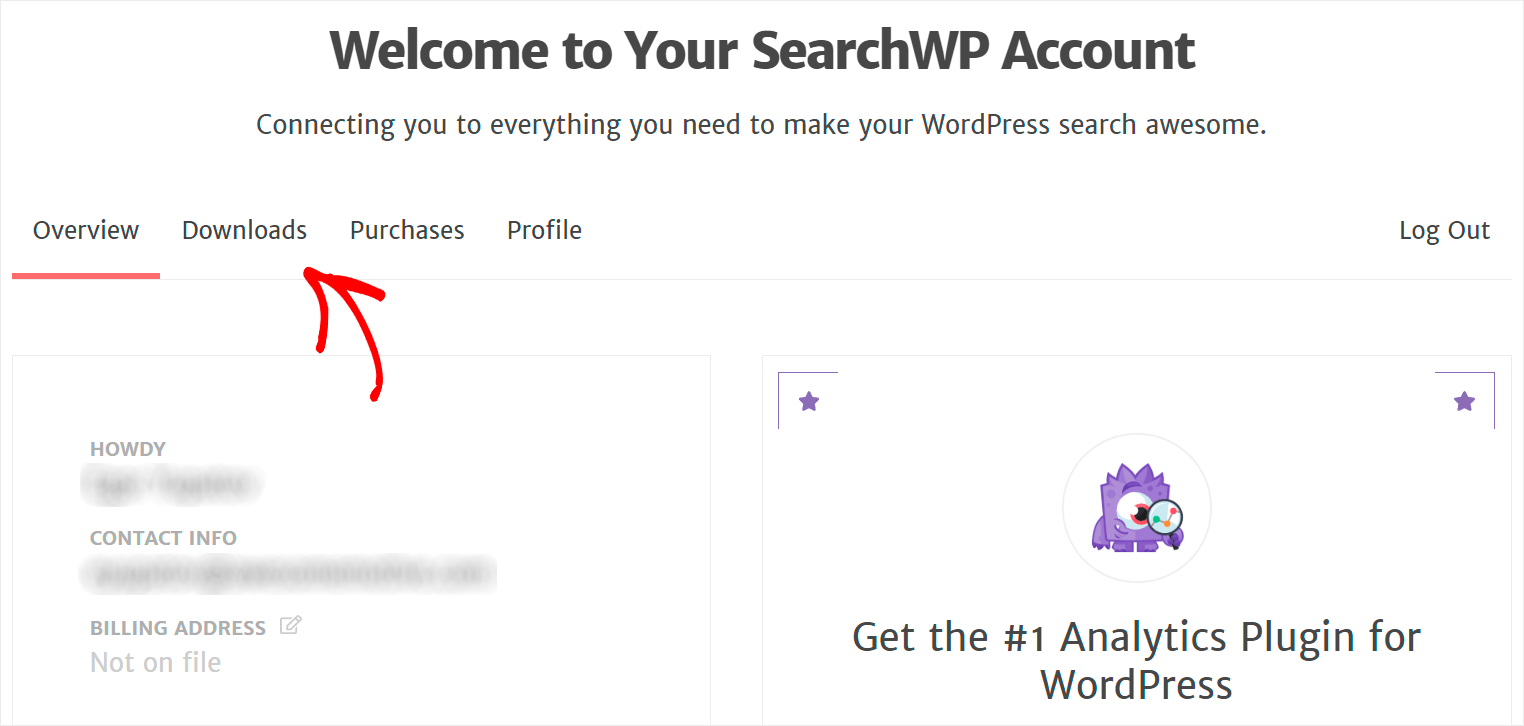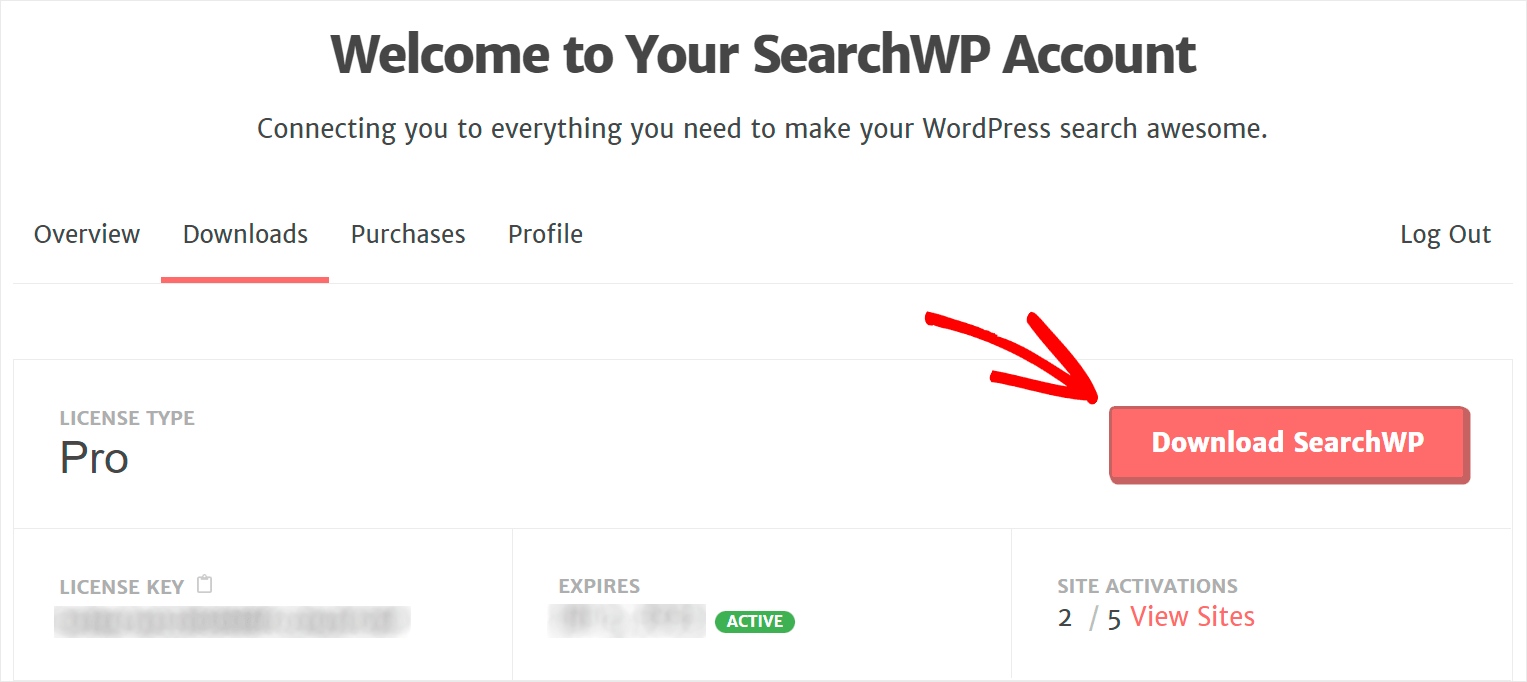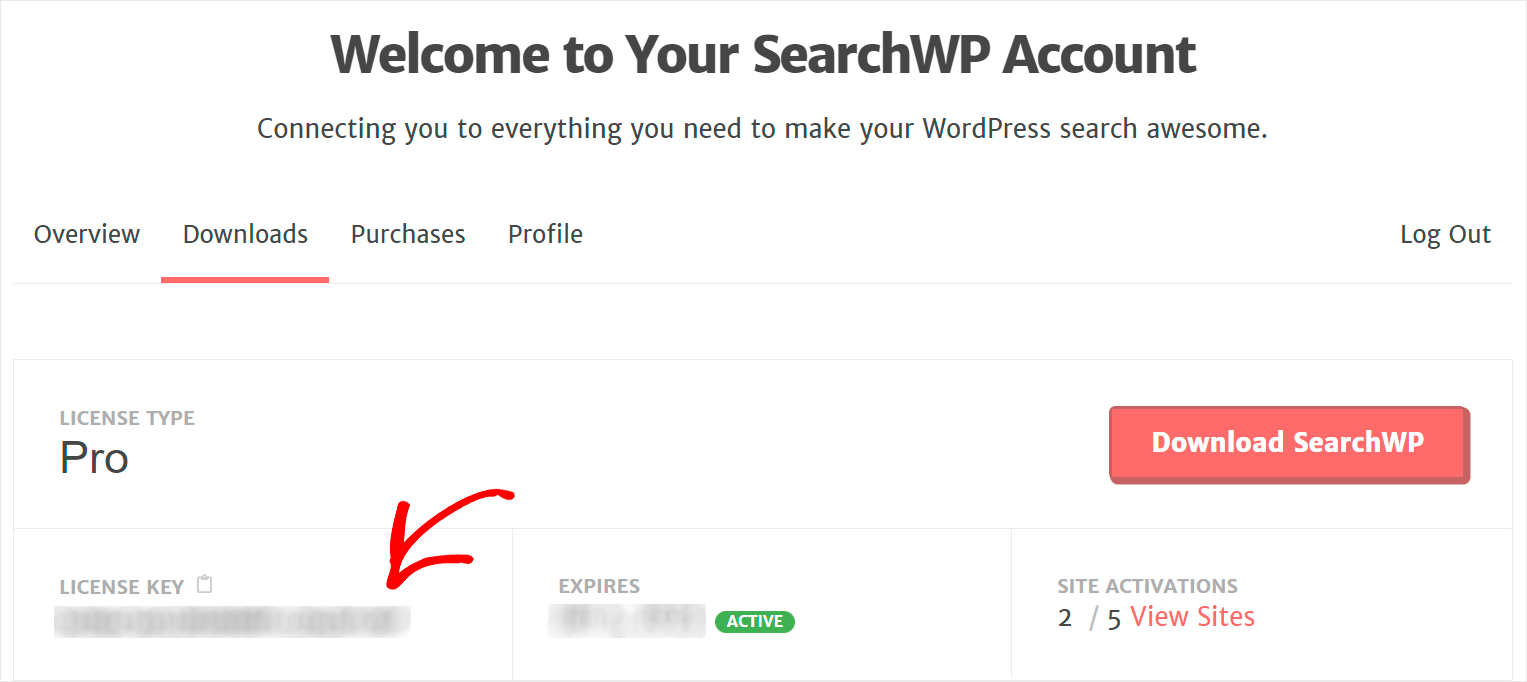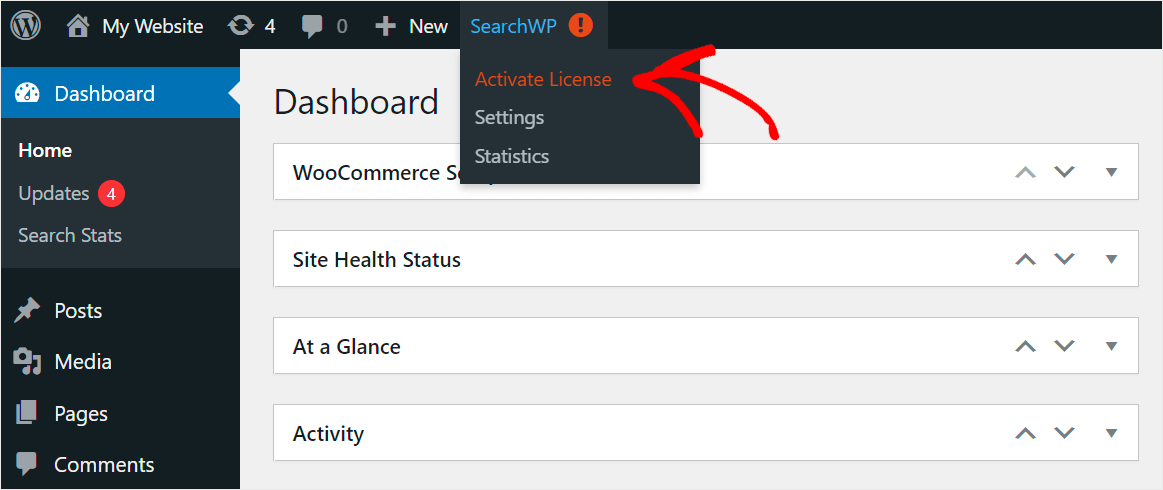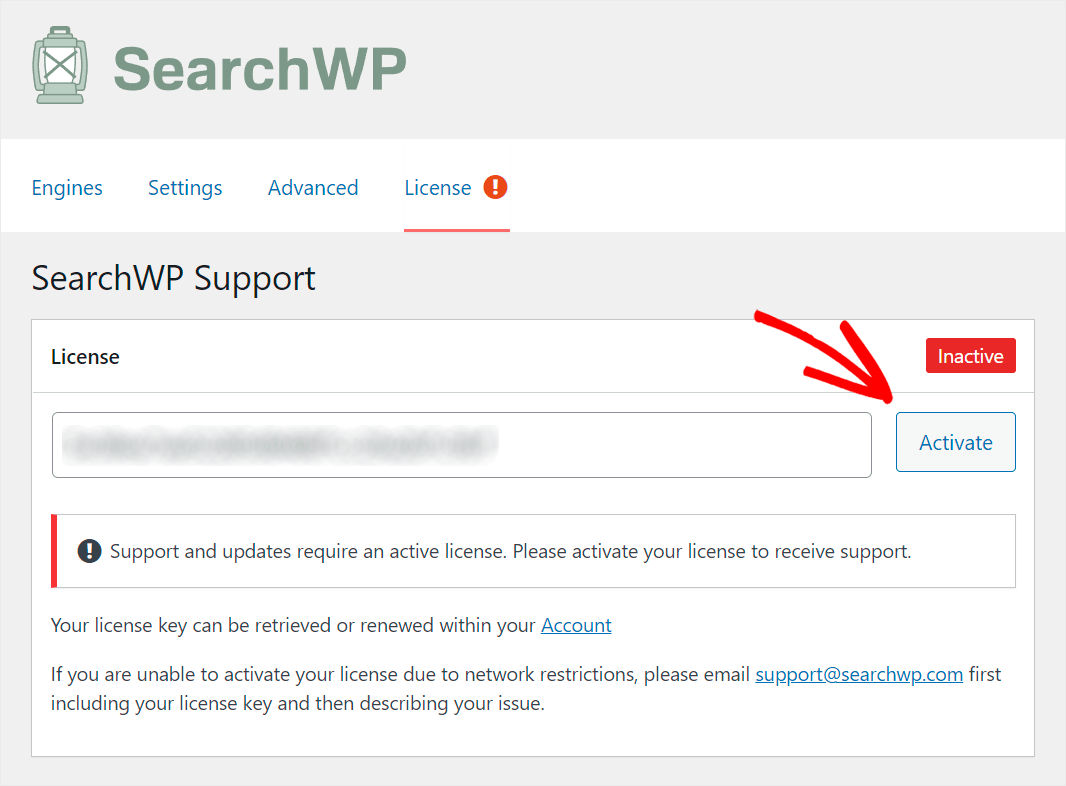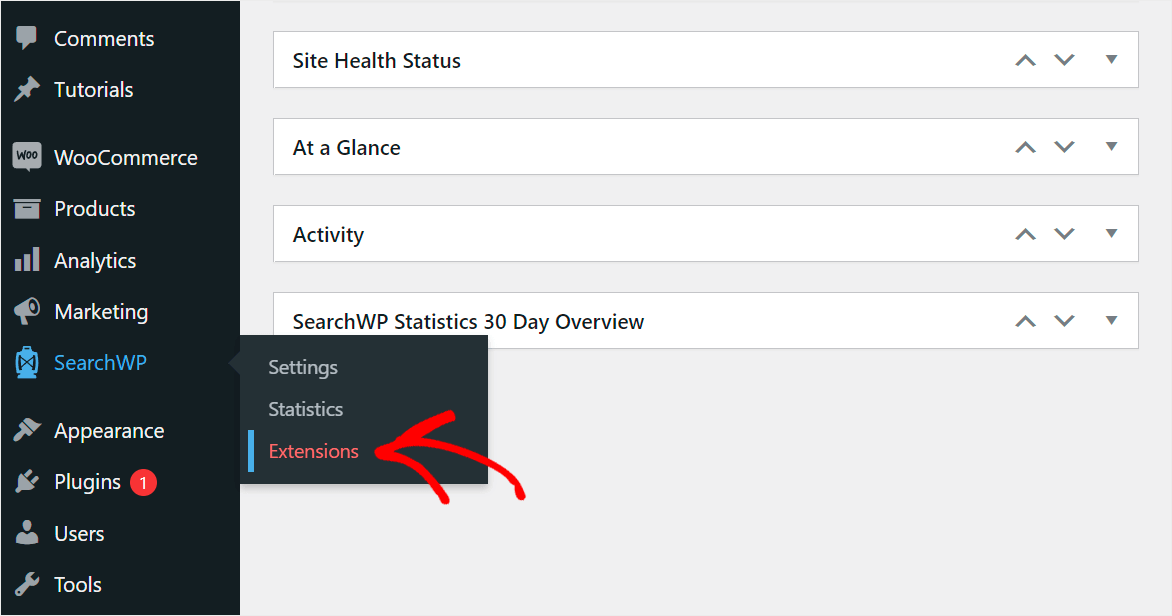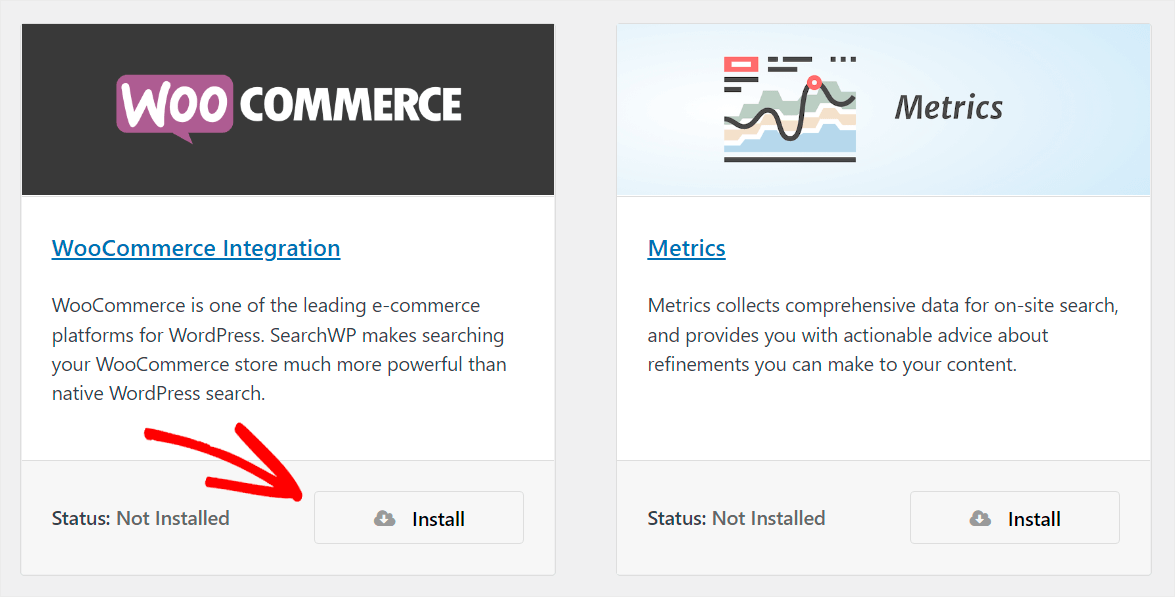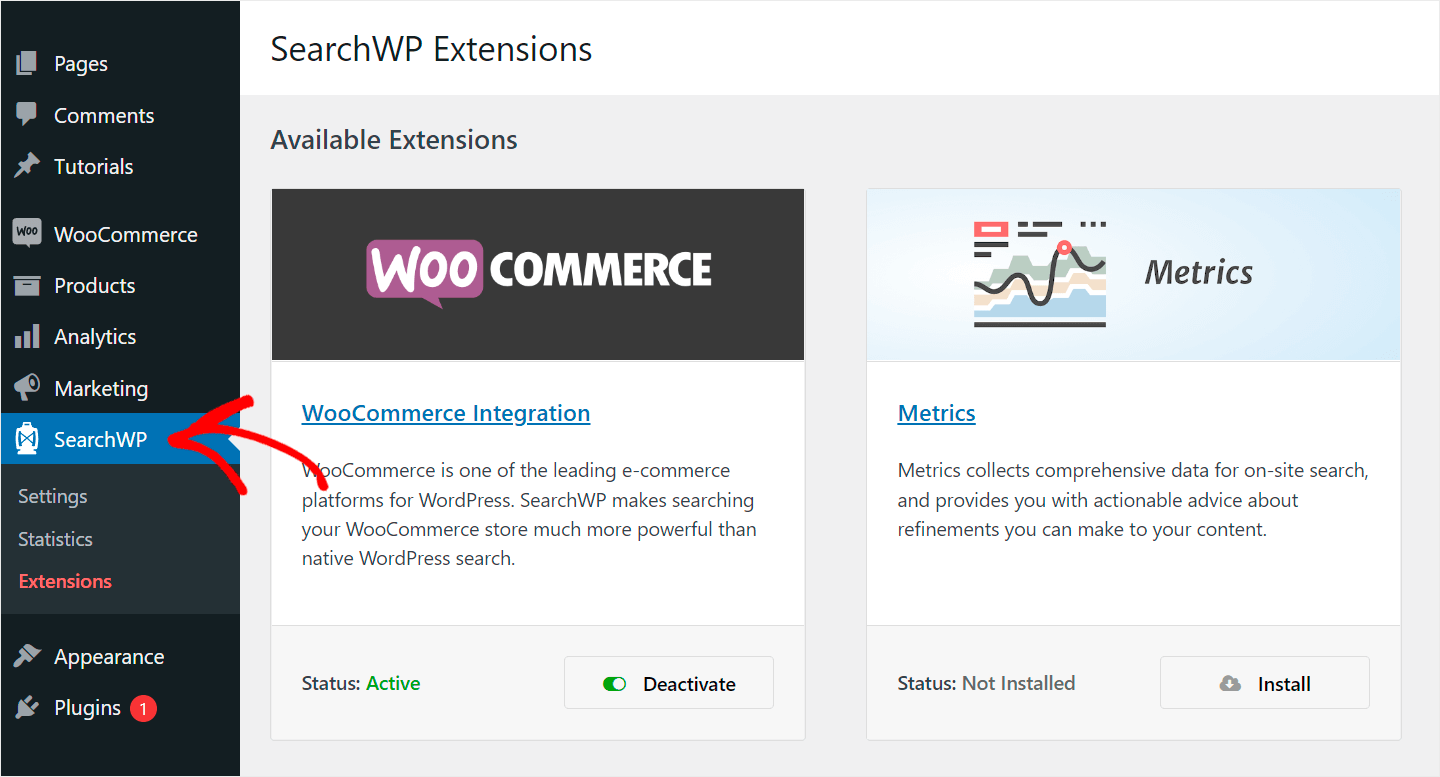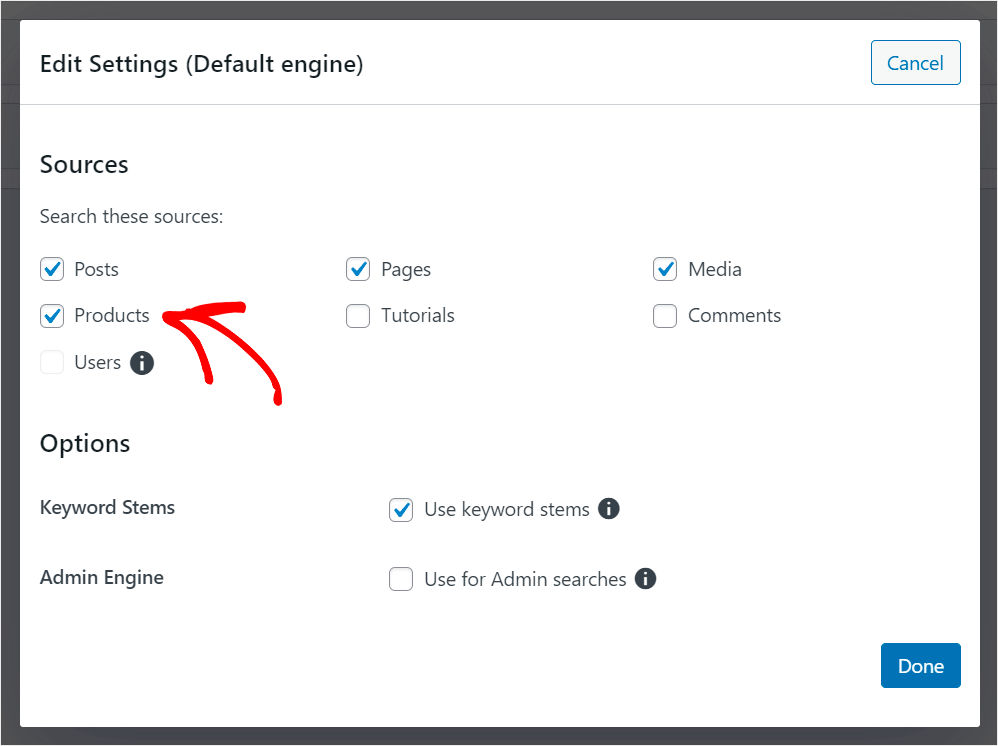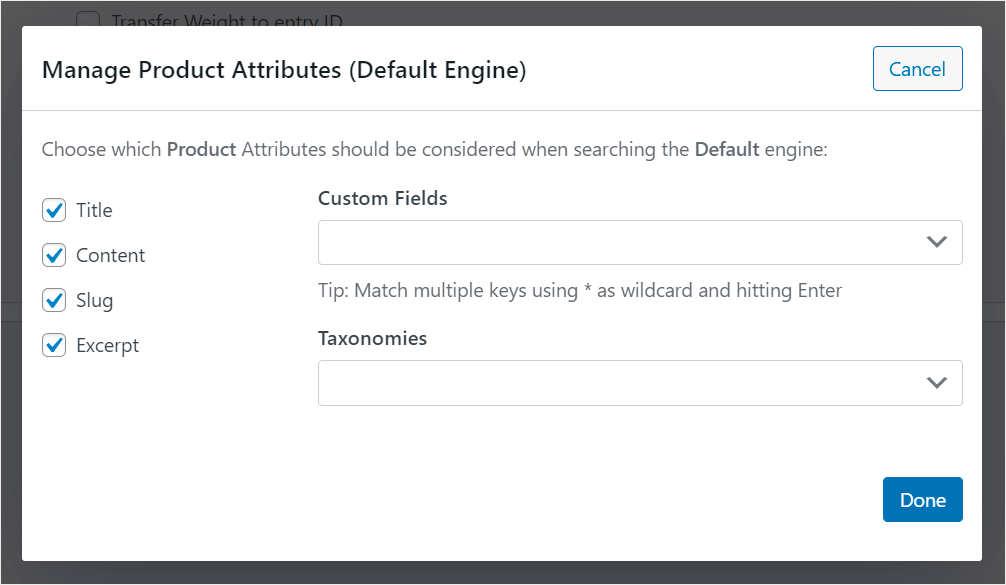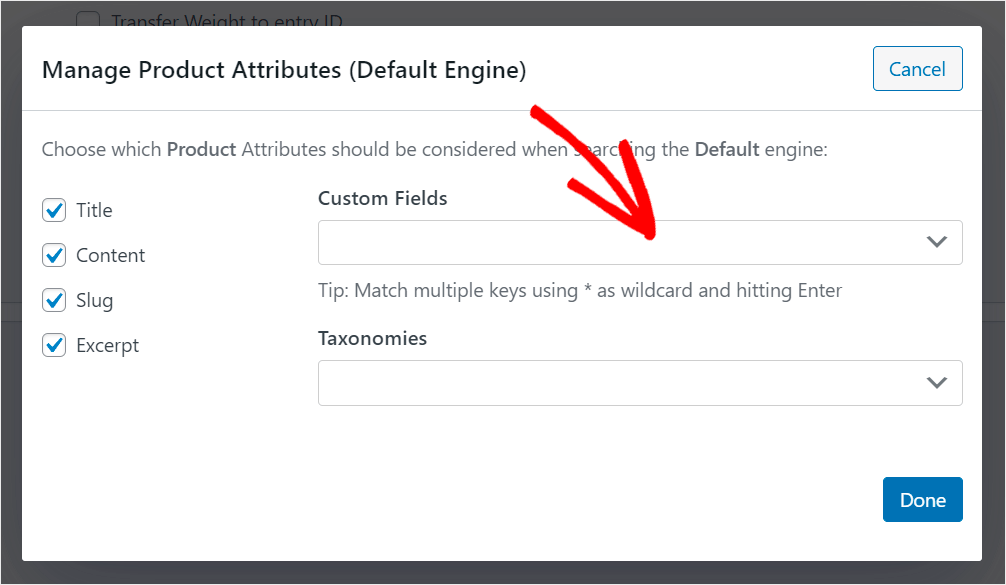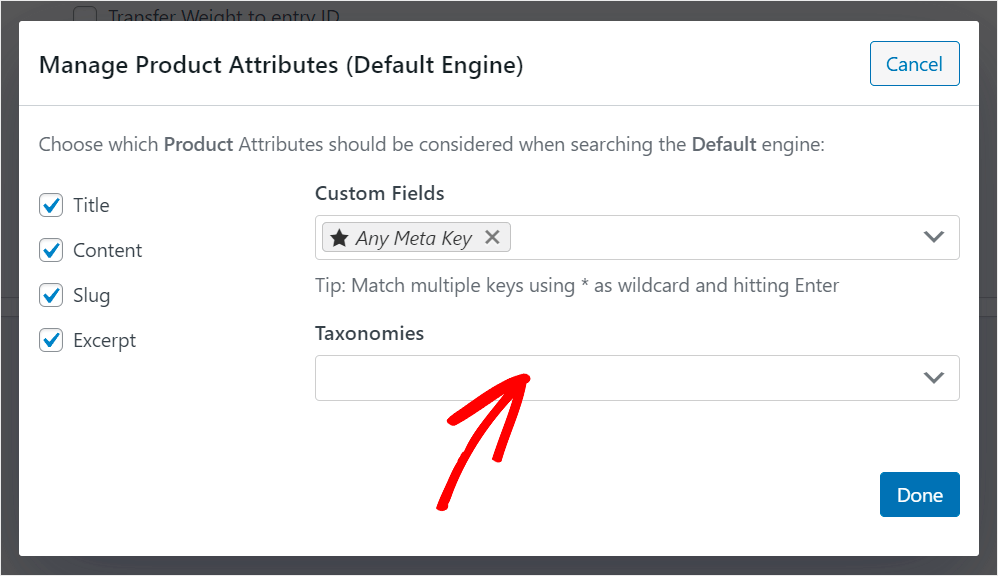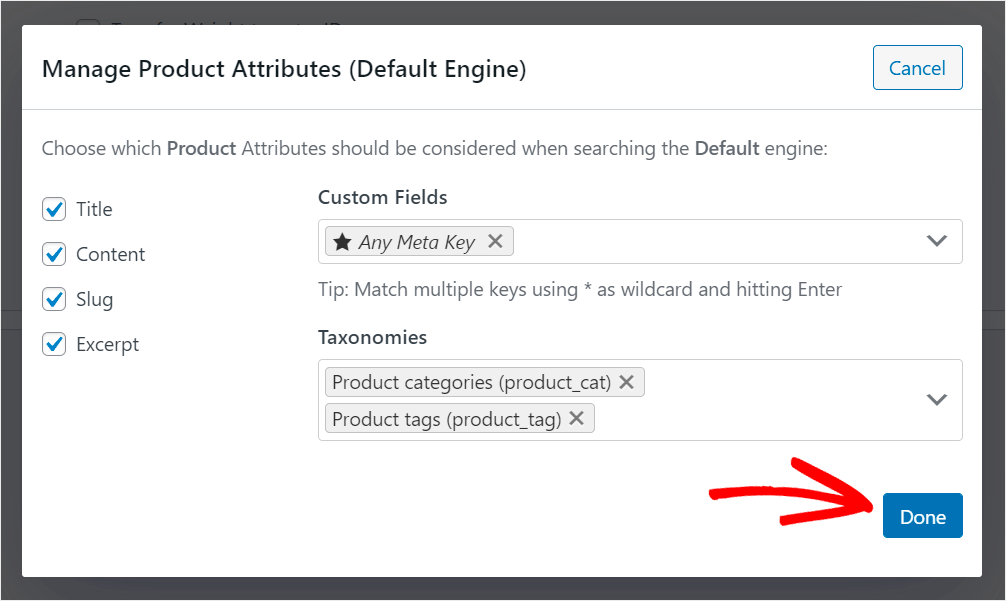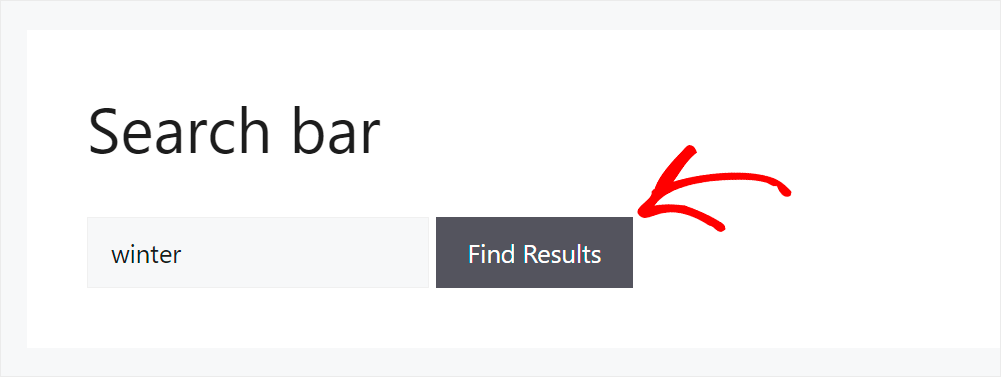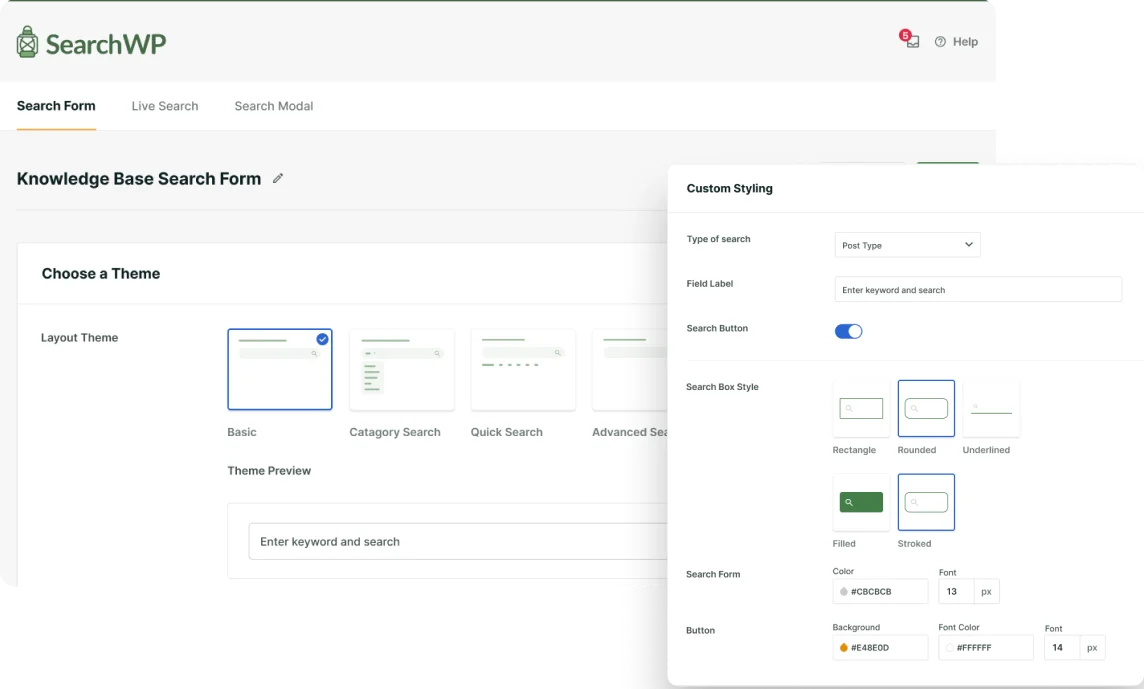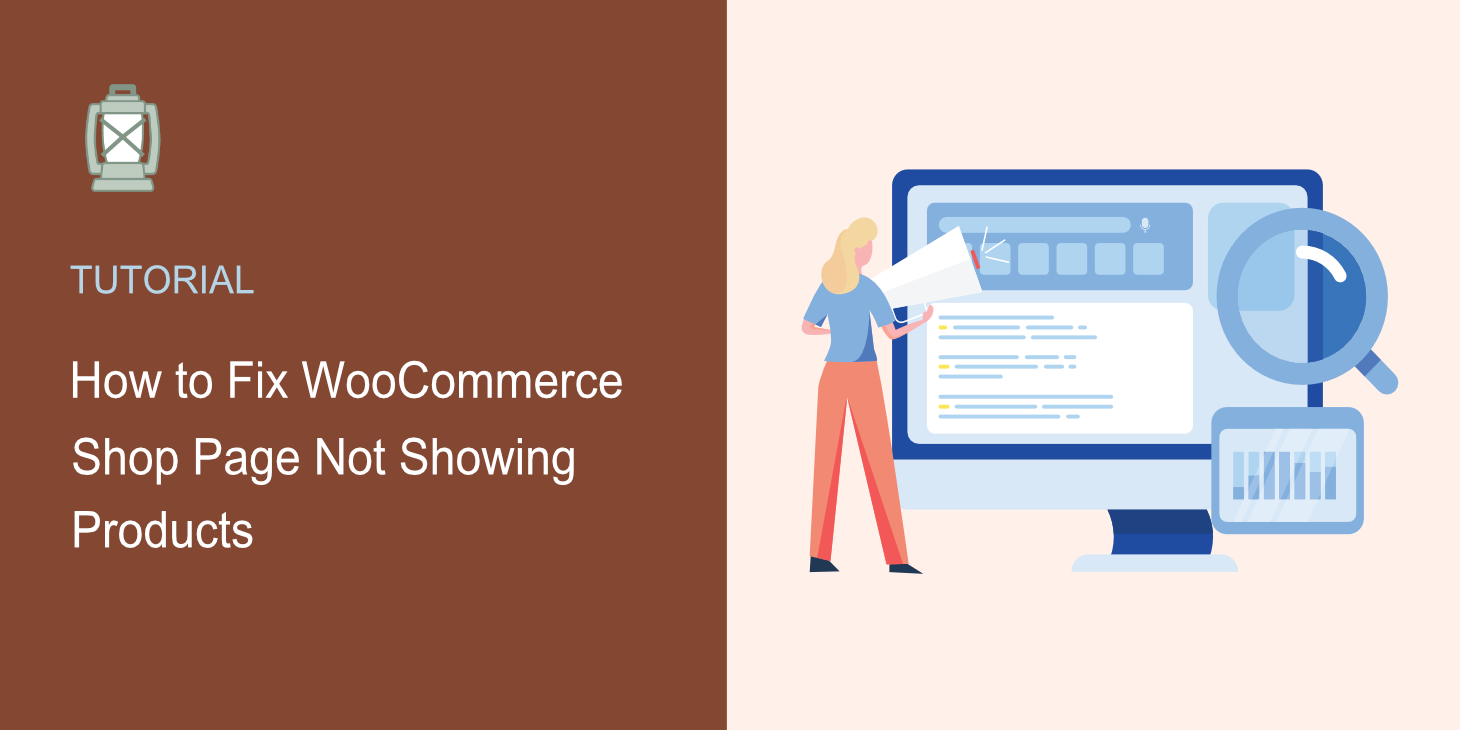
Looking for how to fix WooCommerce shop page not showing products?
Solving this problem is crucial since the WooCommerce Shop page plays a huge role in every online store.
In this article, we’ll talk about the 4 most common reasons that can cause problems with displaying WooCommerce products on your shop page and figure out how to fix them.
As this is a comprehensive tutorial, here is a table of contents that you can use to navigate through it:
- 4 Common Examples of WooCommerce Shop Page Not Showing Products
- How to Fix WooCommerce Shop Page Not Showing Products
- How to Fix WooCommerce Not Showing Products in Search Results
Let’s dive into it!
4 Common Examples of WooCommerce Shop Page Not Showing Products
Let’s look at the most popular reasons why your WooCommerce Shop page may not show any products.
Custom Shop Page
Have you recently installed a new WooCommerce theme? There is a good chance that this is the reason why you no longer see products on the Shop page.
The thing is, your new theme may use a custom Shop page. If so, you need to set it as the default one in WooCommerce settings so that your products start displaying on it.
We will show you how you can do that in one of the following parts of this article.
Or, you can jump to the solution and learn how to check if you choose the right shop page in your settings.
Plugin Conflict
Another popular reason the WooCommerce Shop page doesn’t display products is a plugin conflict.
Not all WordPress plugins are compatible with each other. Sometimes when you install a new plugin, it may cause a conflict with other plugins installed on your site.
This is especially true for plugins that their developers haven’t updated in a long time.
So if you’ve installed a plugin that, for some reason, isn’t compatible with WooCommerce, it may cause your Shop page not to display products.
We’ll show you how to check if it’s the case later in this article.
Or, you can move directly to the solution and learn how to check if there is a plugin incompatibility on your site.
Products are Hidden from Display on the Shop Page
WooCommerce allows you to specify which products you want to display in the search results on your site and on your Shop page.
So, one more reason why there are no WooCommerce products on your Shop page may be that you’ve hidden them from displaying.
We’ll show you how to check that out later in this article.
Or, you can skip to the solution and learn how to check your catalog’s visibility right now.
Permalinks Issue
If you see a product on its page, but it doesn’t appear on your Shop page, chances are that the problem lies in permalinks.
Permalinks in WordPress stands for permanent links. This setting defines how your internal URLs appear.
If you recently installed any WooCommerce extensions on your site, this may have thrown off your permalinks settings.
We’ll show you how to check your permalinks settings later in this article.
Or you can go to the solution and find out how to update your permalink settings right now.
How to Fix WooCommerce Shop Page Not Showing Products
After you’ve learned what can cause problems with your WooCommerce Shop page, let’s see how you can fix them.
Check if You Choose the Right Shop Page
One of the most common reasons products don’t appear on the Shop page is that you’ve chosen a custom page in your WooCommerce settings.
To check if this is the case, navigate to WooCommerce » Settings in your WordPress dashboard.
Then, click on the Products tab.
Once there, find the Shop page option and make sure the correct page is selected.
If some other page is selected as your Shop page, click on the Shop page drop-down menu and select the correct page.
Once you’re done, don’t forget to save your changes by pressing the Save changes button at the bottom of the page.
If it didn’t help solve your problem, check out the following solutions.
Check if There is a Plugin Incompatibility on Your Site
To check if there is a plugin conflict on your site, you need to deactivate all plugins except WooCommerce and then turn them back one by one.
To get started, go to the Plugins tab in your WordPress dashboard.
Next, tick the top left checkbox to select all plugins at once.
After that, uncheck the box next to the WooCommerce plugin.
Finally, click on the Bulk actions drop-down menu and select the Deactivate option to deactivate all plugins installed on your site except WooCommerce.
The next step is to gradually activate each plugin until you find the one causing the problem with the WooCommerce Shop page.
If you find such a plugin, consider not using it anymore to avoid problems with displaying products.
If not, the problem with the Shop page on your site is related to something else. Check out the following solutions in this article for more ways to deal with them.
Check the Visibility of Your Catalog
Another reason why your products may not show up on the Shop page is that you’ve changed their visibility.
To check that out, first, navigate to the Products tab in your WordPress dashboard.
Then, click on the product whose visibility you want to check.
Once you’re in the product editor, make sure that the product catalog visibility option is set to either Shop and search results or Shop only.
If not, click the Edit button under Catalog visibility.
Then, change it to one of the mentioned options.
When you’re finished managing the product visibility, click Ok.
Don’t forget to save the changes you’ve made to the product settings by clicking the Update button.
If your product still doesn’t appear on the Shop page, even after you’ve made sure it has the correct visibility settings, check the following solution.
Update Your Permalinks
Sometimes products may not display on the WooCommerce shop page due to a permalinks update error.
It usually happens when you change your WooCommerce theme or install new extensions.
To fix this issue, navigate to Settings » Permalinks in your WordPress dashboard.
Then, click Save Changes at the bottom of the page to make WordPress update your permalinks.
If the problem persists after updating permalinks, check other solutions.
How to Fix WooCommerce Not Showing Products in Search Results
WooCommerce users often confuse the Shop page and the search results on their site.
If your products don’t appear in search results, the problem is most likely related to the WordPress search engine itself.
The thing is, by default, it only considers the product’s title, description, and excerpts when performing a search.
But all other valuable data as product tags, categories, custom fields, and more, stay completely ignored by WordPress.
Thankfully, there is a way to enhance search on your WooCommerce site in just a few clicks by using SearchWP.
SearchWP is the most powerful search plugin for WordPress, trusted by over 30,000 website owners.
Due to its seamless integration with WooCommerce, it allows you to make your products more visible and boost your sales.
Specifically, you can enable search by product SKU, tags, custom fields, categories, and other attributes that can help your customers find the right products faster.
In addition, with SearchWP, you can fully customize how search works in your store.
For example, you can promote specific products in search results, limit search to WooCommerce products only, exclude any pages, and many more.
Here are some other SearchWP features that can help you grow your business:
- Search tracking. Find out what search terms visitors enter on your site and get detailed reports on their search behavior.
- Live autocomplete search. Let your visitors get instant search results with a live search that guesses what they’re looking for.
- Fuzzy search. Enable fuzzy search to help visitors find the right products, even if they misspelled their names.
- Highlight search terms. Make matches more visible in search results to help visitors figure out faster if they’ve found the desired product.
With that, let’s take a step-by-step look at how you can use SearchWP on your site to help visitors find what they’re looking for.
Step 1: Install the SearchWP Plugin on Your Site
You can get started with SearchWP here.
Next, log into your SearchWP account and click Downloads.
Once there, press Download SearchWP and save the plugin’s ZIP file to your computer.
When the download is complete, copy your plugin license key on the same page.
The next step is to install the SearchWP plugin on your WordPress site to enhance your search.
Need a refresher on how to do that? You can follow these instructions on installing a WordPress plugin.
After you’ve installed SearchWP on your site, you need to activate it with your license key.
To do that, go to your WordPress dashboard and click Activate License under the SearchWP button on the top bar.
Once you get to the License tab, put your SearchWP license key into the License field and click Activate.
Once you activate your license, you’re ready to move ahead and install the SearchWP WooCommerce Integration extension.
Step 2: Install the SearchWP WooCommerce Integration Extension
By installing this extension, you can seamlessly integrate SearchWP with WooCommerce and customize the product search on your site.
To get started, navigate to SearchWP » Extensions on the left sidebar of your WordPress dashboard.
Then, find the WooCommerce Integration extension and click Install under its section.
After you install the extension, you can go ahead and start customizing your search.
Step 3: Customize Your Search
To do that, click SearchWP on the left sidebar of your WordPress dashboard.
It’ll take you to the Engines tab in SearchWP settings.
On this tab, you can control search engines that you create with SearchWP, customize their settings, add new rules, and more.
WordPress uses search engines to figure out how and where it should look for matches.
So, by setting up your search engine, you can completely control how search works throughout your site.
For example, you can limit search to a specific type of content, exclude specific products from search results, make WordPress consider product attributes, and more.
With that, let’s set up your search engine to make your WooCommerce products more visible in search results.
Step 4: Manage Your Search Sources
To get started, click Sources & Settings at the top right corner of your search engine section.
Here you can manage sources, where WordPress will look for matches when performing searches.
The first step is to make WooCommerce products an active search source. To do that, tick the checkbox next to it.
Now let’s cleanse the search results of any other type of content other than WooCommerce products. This way, nothing will disturb your customers from shopping.
To do that, uncheck all other sources except Products.
After you’ve finished managing your search sources, press Done to save the changes you’ve made.
Next, let’s also make WordPress consider WooCommerce product attributes to give your customers an additional way to search for products.
Step 5: Enable Search by WooCommerce Product Attributes
First, click Add/Remove Attributes within the Products source section.
Here you can control which product attributes WordPress pays attention to when performing searches.
By default, it only considers product title, description, slug, and excerpt.
But what if you want to make additional information about a product, such as a price, color, size, SKU, and others, also searchable? With SearchWP, you can do that in a few clicks.
To get started, click the Custom Fields field.
Then, choose the Any Meta Key option from the drop-down menu.
Any Meta Key is a SearchWP shortcut that allows you to make all product custom fields searchable at once.
Since WooCommerce stores additional product information in custom fields, now your visitors can perform searches on it.
You can also make specific custom fields searchable by entering their names one by one.
Now, let’s also make WordPress consider product tags and categories. To do that, first, click on the Taxonomies field.
Then, choose the Product categories and Product tags options.
Now your visitors can search for products by tags and their category names.
When you’re finished managing your attributes, press Done to save the changes.
The final step is to save all changes you’ve made to your search engine. To do that, press the Save Engines button at the top right corner.
Then click Rebuild Index to make WordPress reindex your site content and apply the new search engine settings.
Now, let’s test your new search and make sure that finding the right products becomes easier.
Step 6: Test Your New Search
To do that, go to your website and search for some products. For example, to get started, let’s try to search for a specific product category.
On our test site, we have a category called Hats. Let’s see if we can find products specifically from it.
As you can see, our search results only display products from the Hats category.
It means we successfully made WordPress consider product categories when performing searches.
Let’s also test if we can find a specific product with additional information.
For example, on our test site, we have 2 products: Warm Jacket and Fancy Coat. Both have a custom field Season, containing the text Winter.
Let’s try to find these products only by this attribute.
We found products even though they only contain the word “winter” in their custom field.
It means that our customers can now search for products by data placed in any custom fields you add.
From this guide, you learned how to fix WooCommerce shop page not showing products.
It’ll help you to make the user experience of your customers better, allow them to quickly find what they’re looking for on your site, and boost your sales.
Ready to make your WooCommerce search smarter? You can get started with SearchWP here.
Want to know why you can’t find your products by SKU? Check out our step-by-step guide on how to fix WooCommerce search by SKU not working.
Has your WordPress search broken down? Learn how to fix WordPress search not working in a few simple ways.
